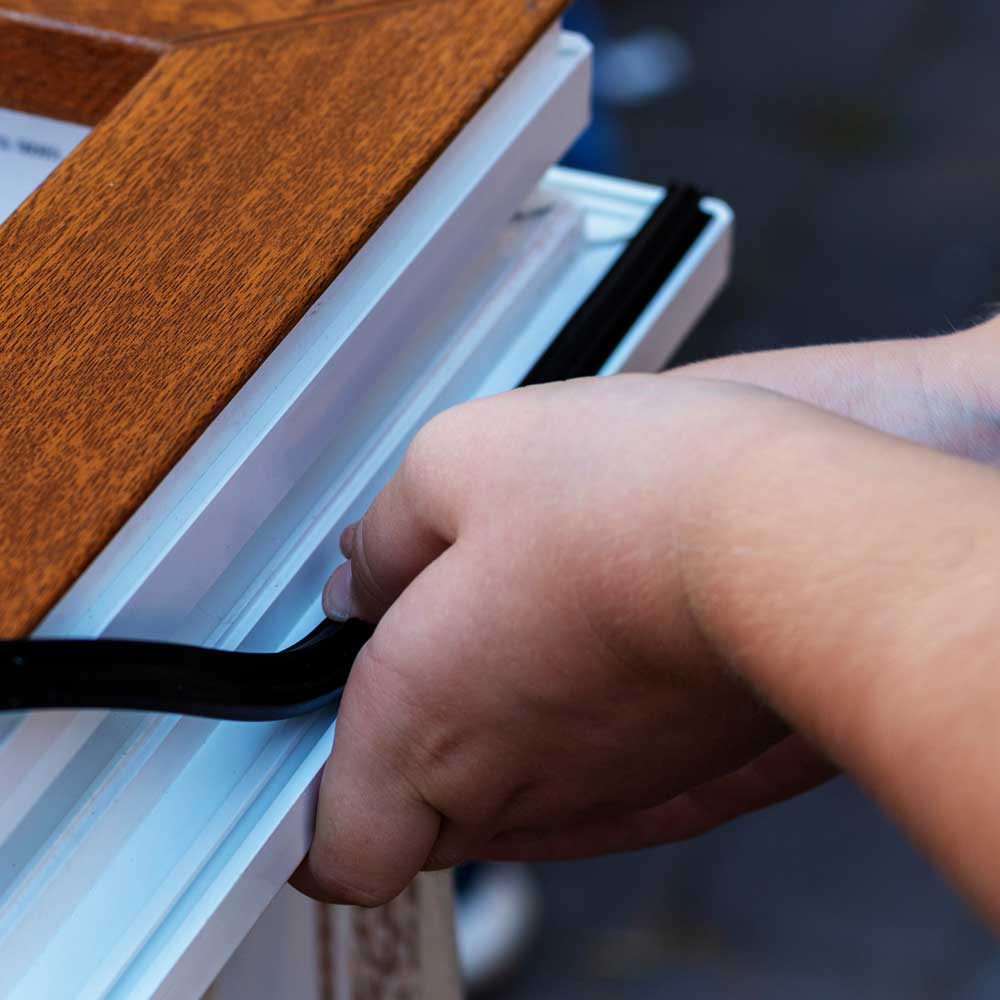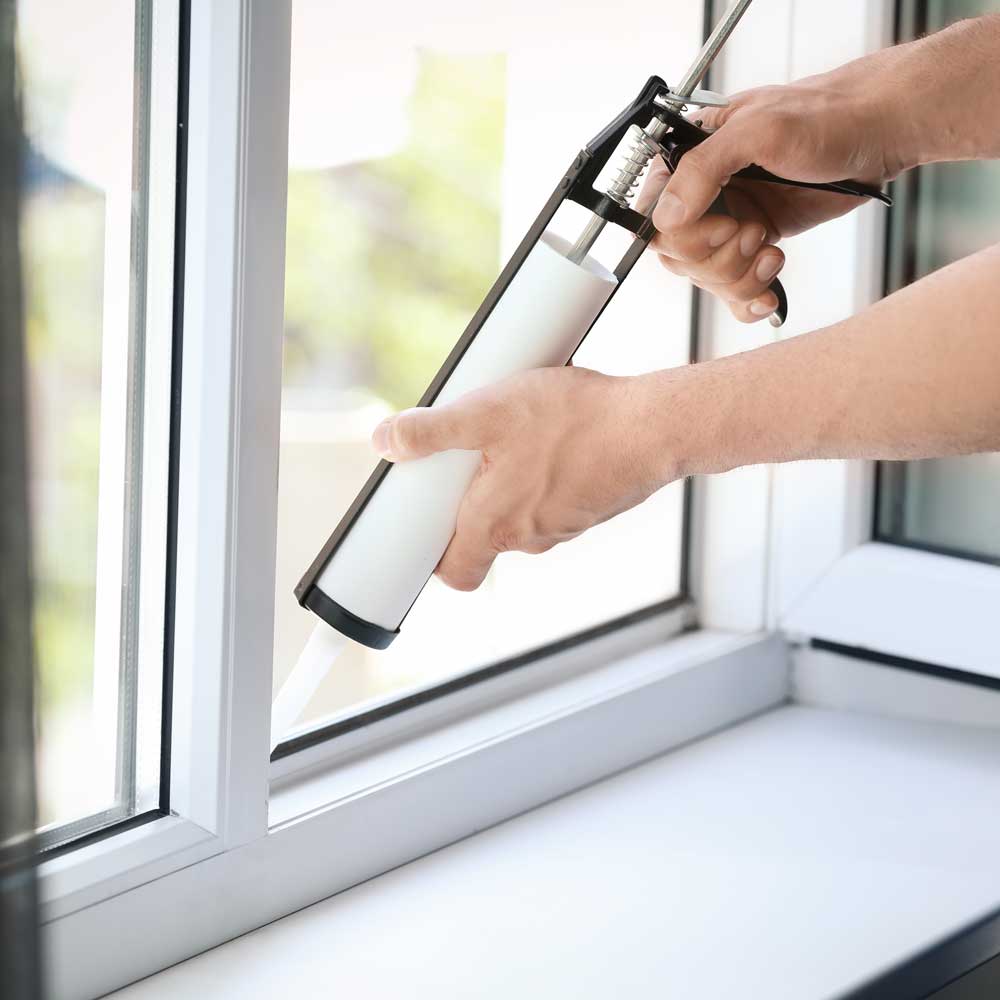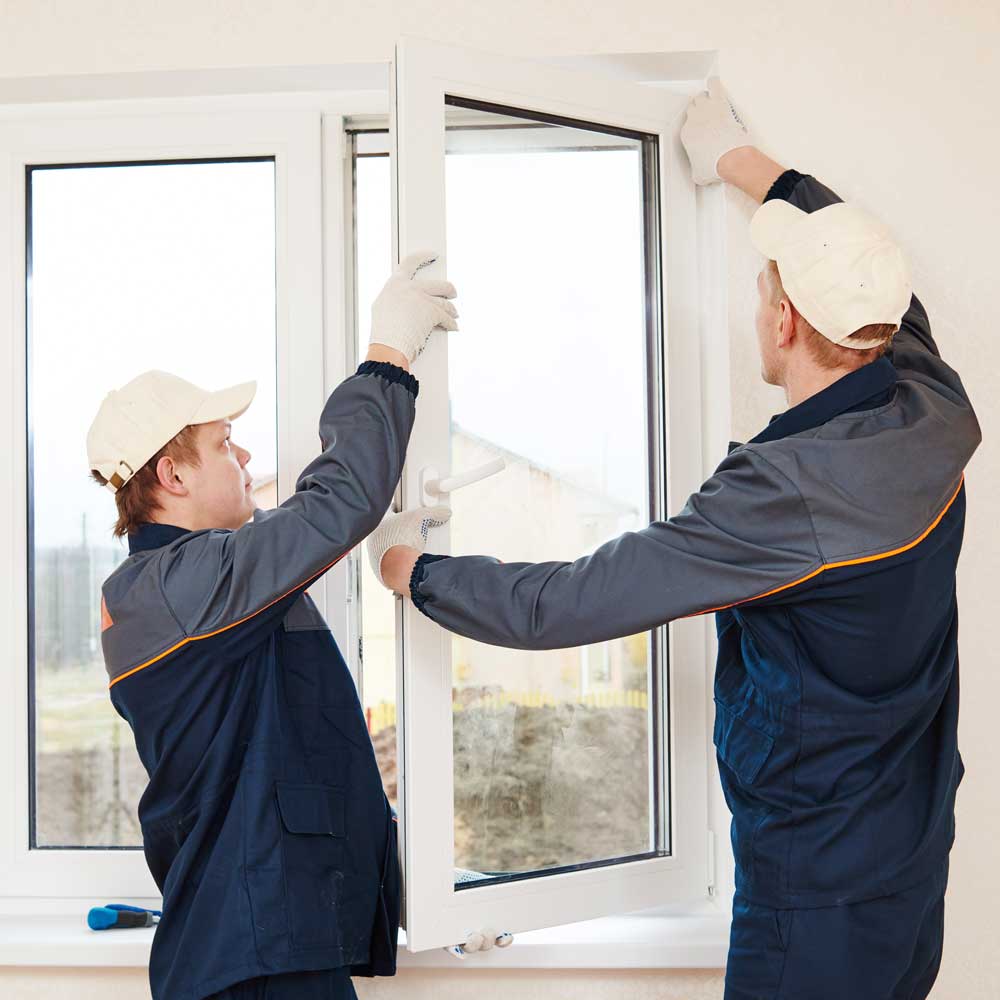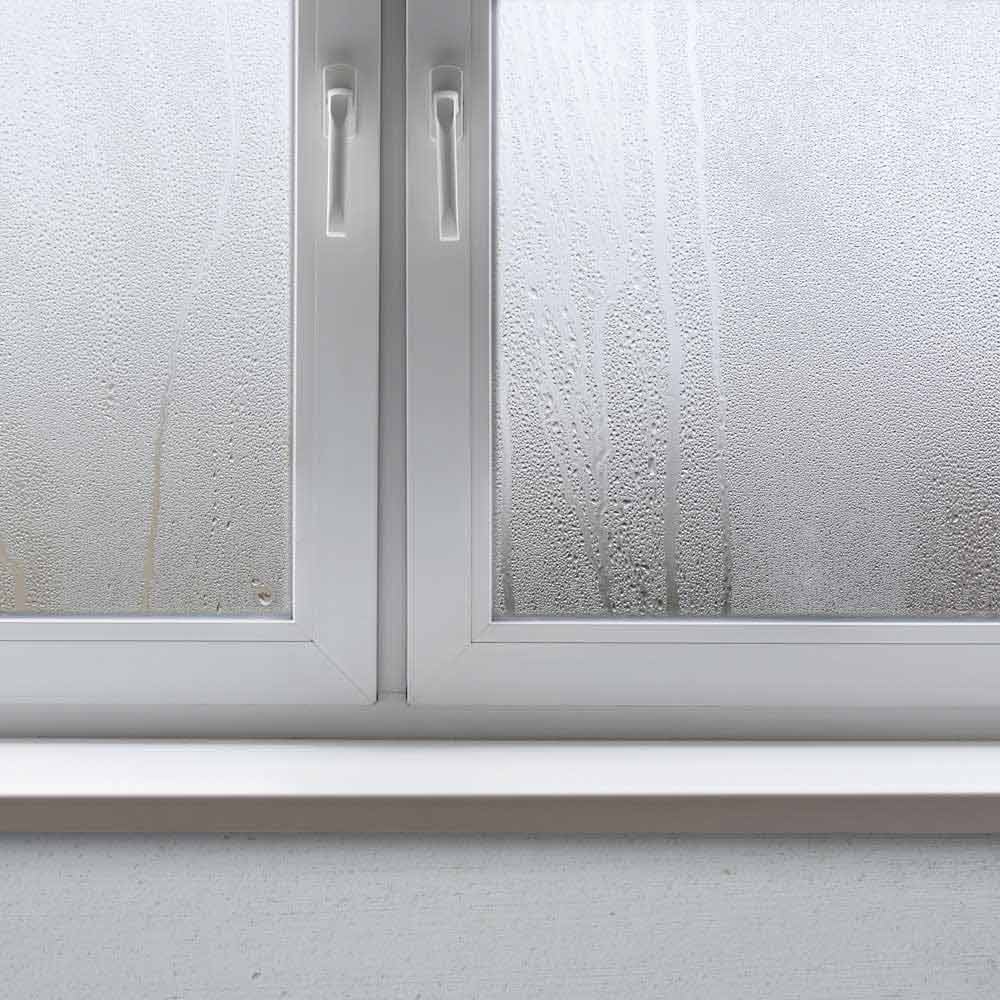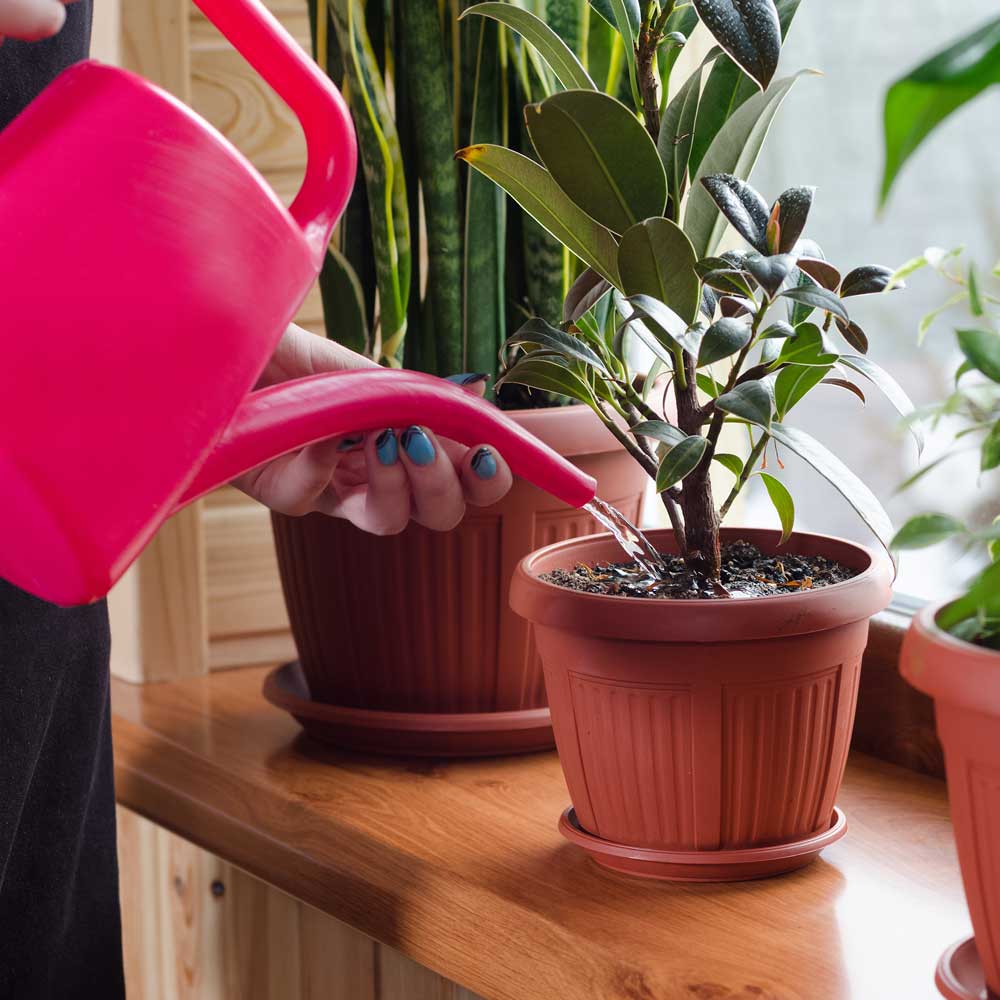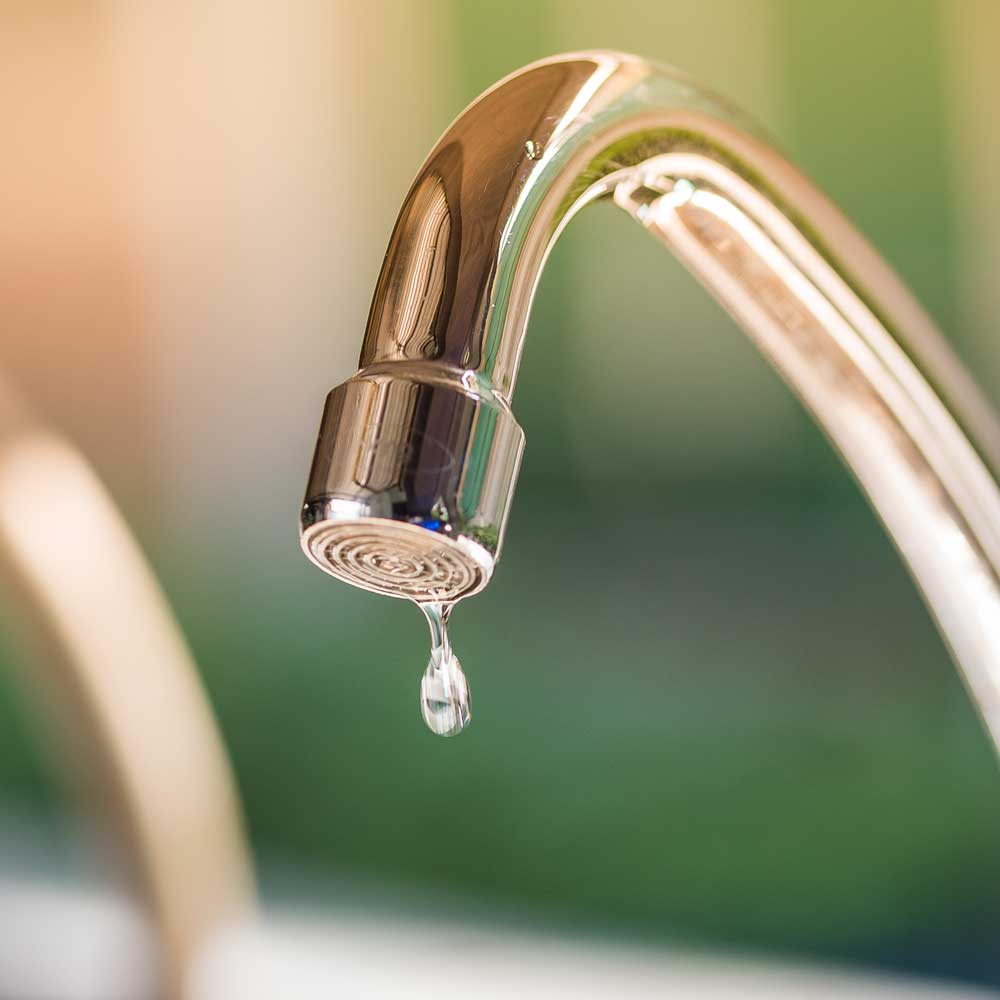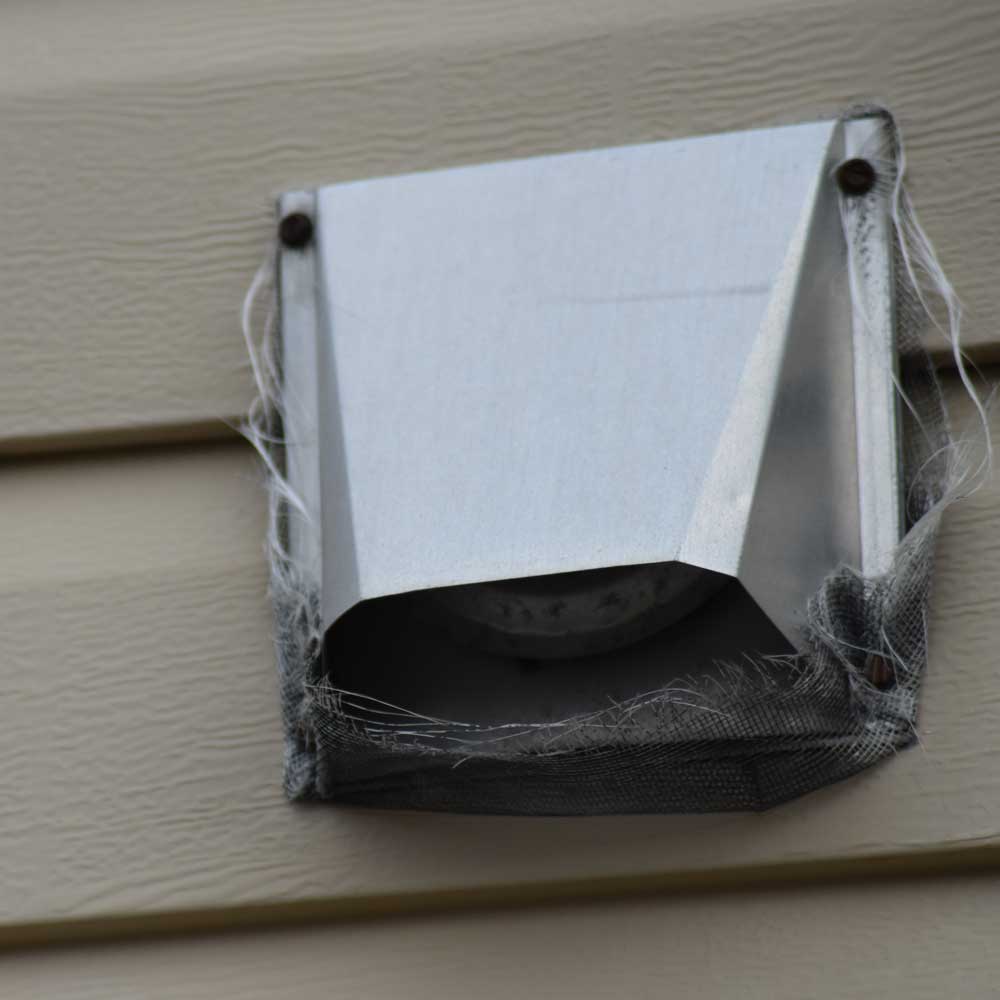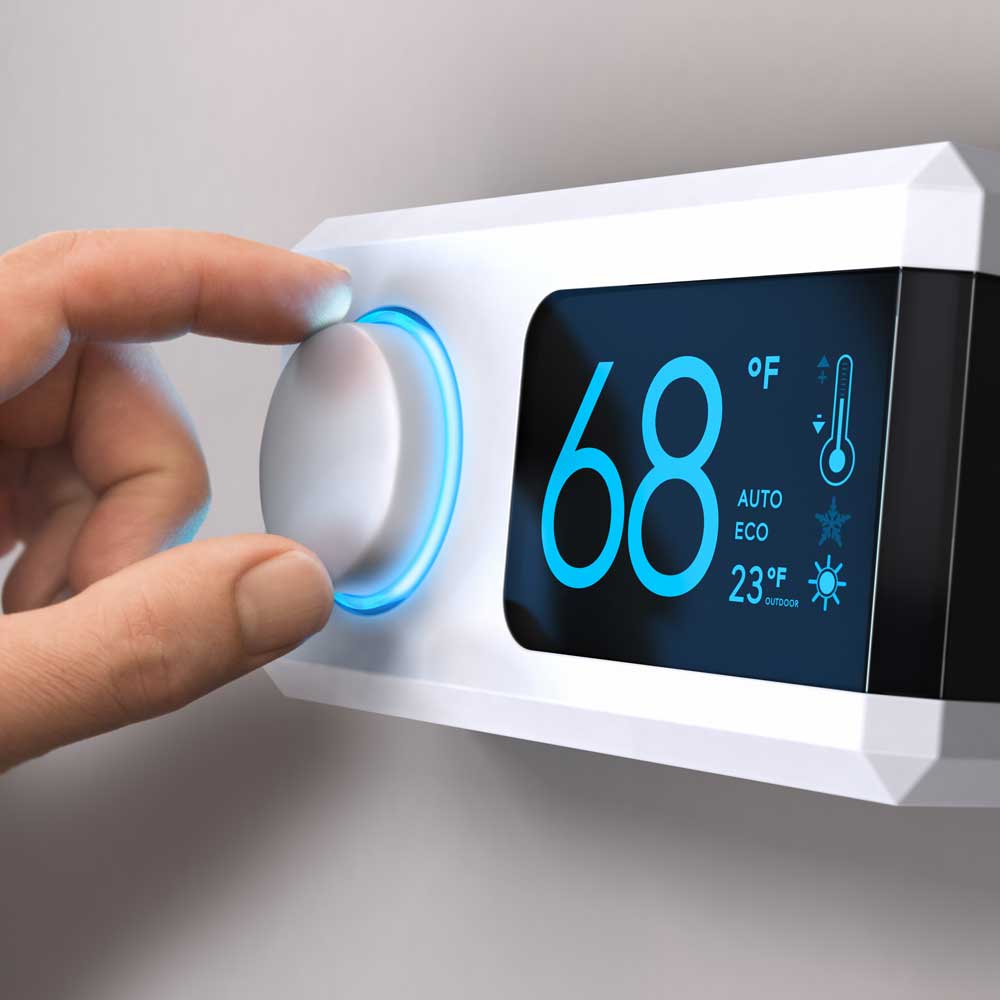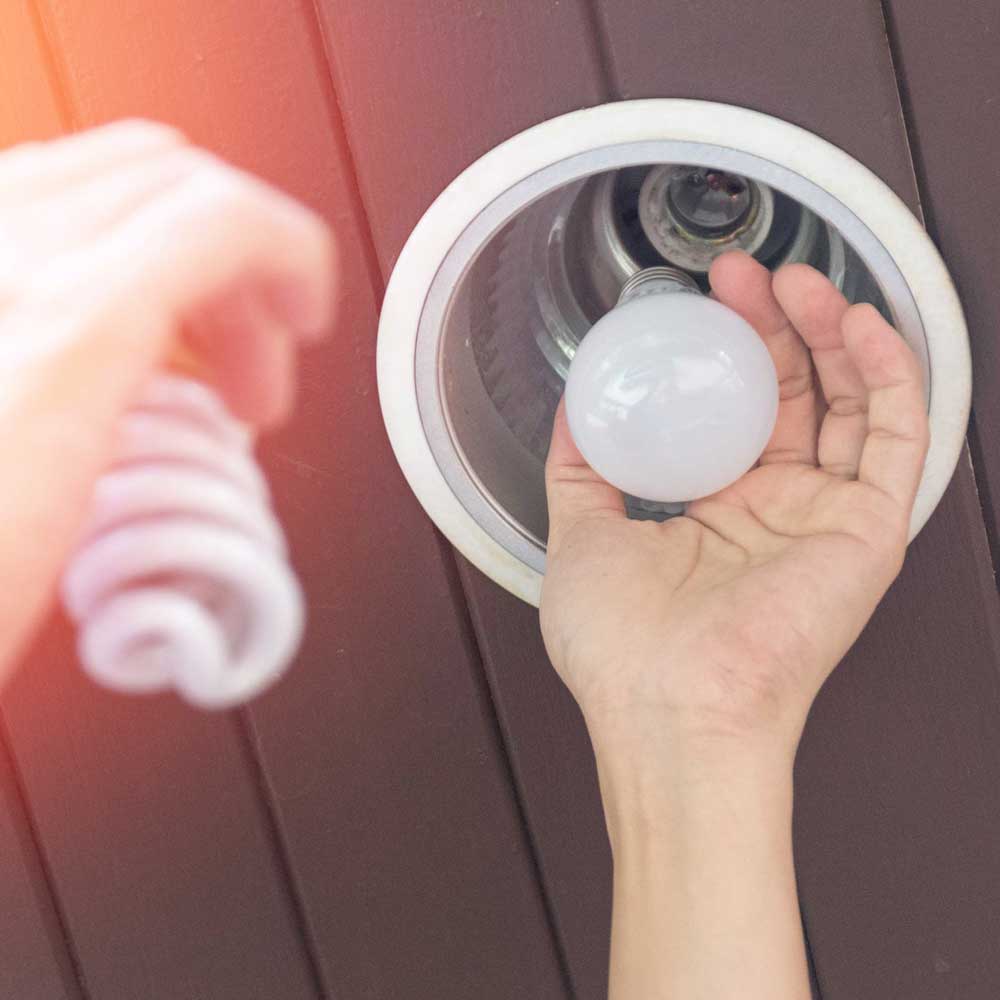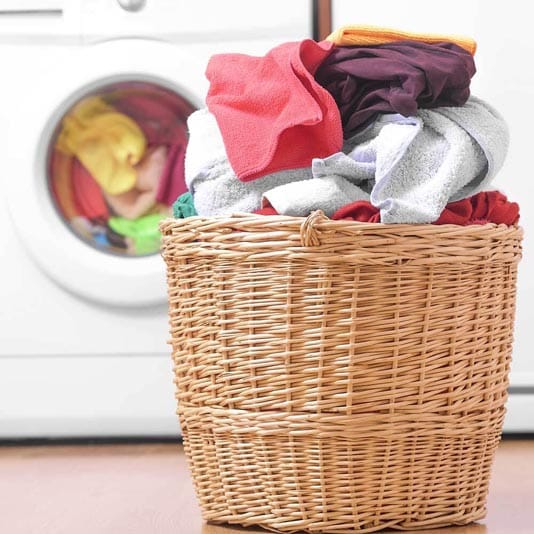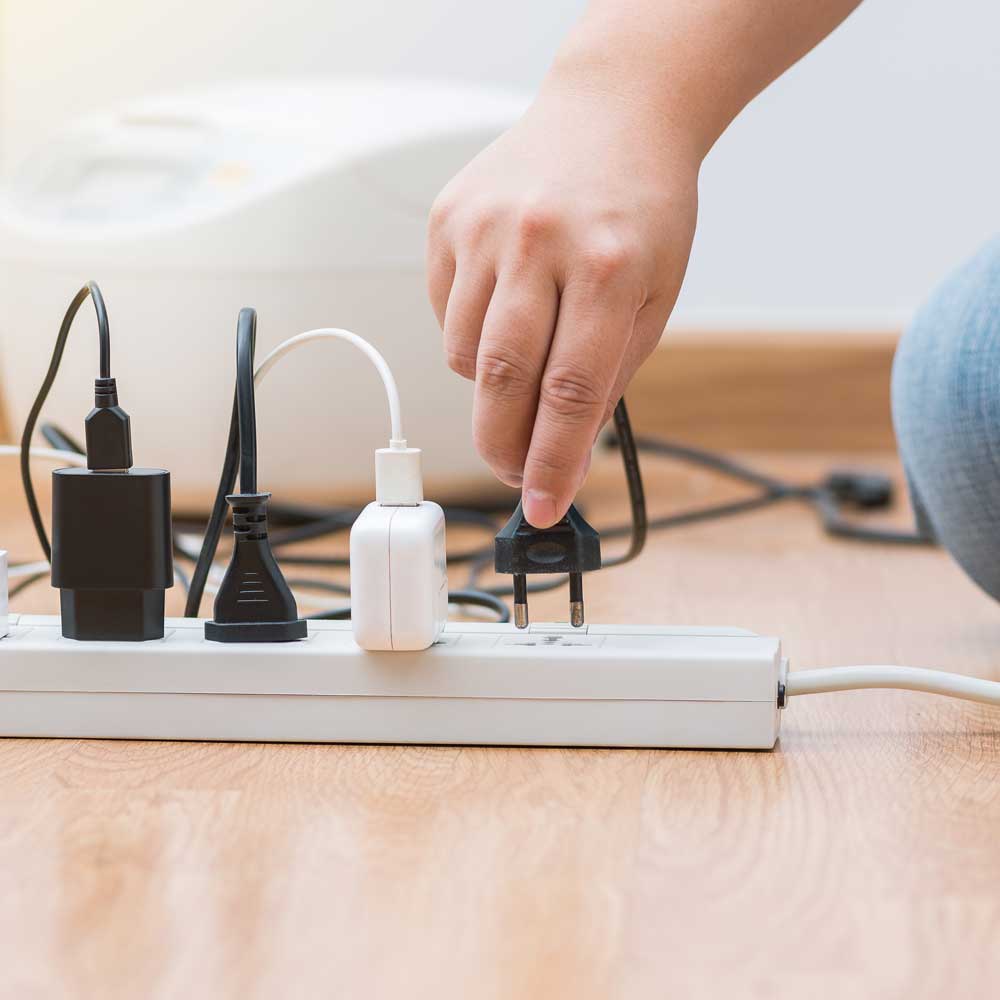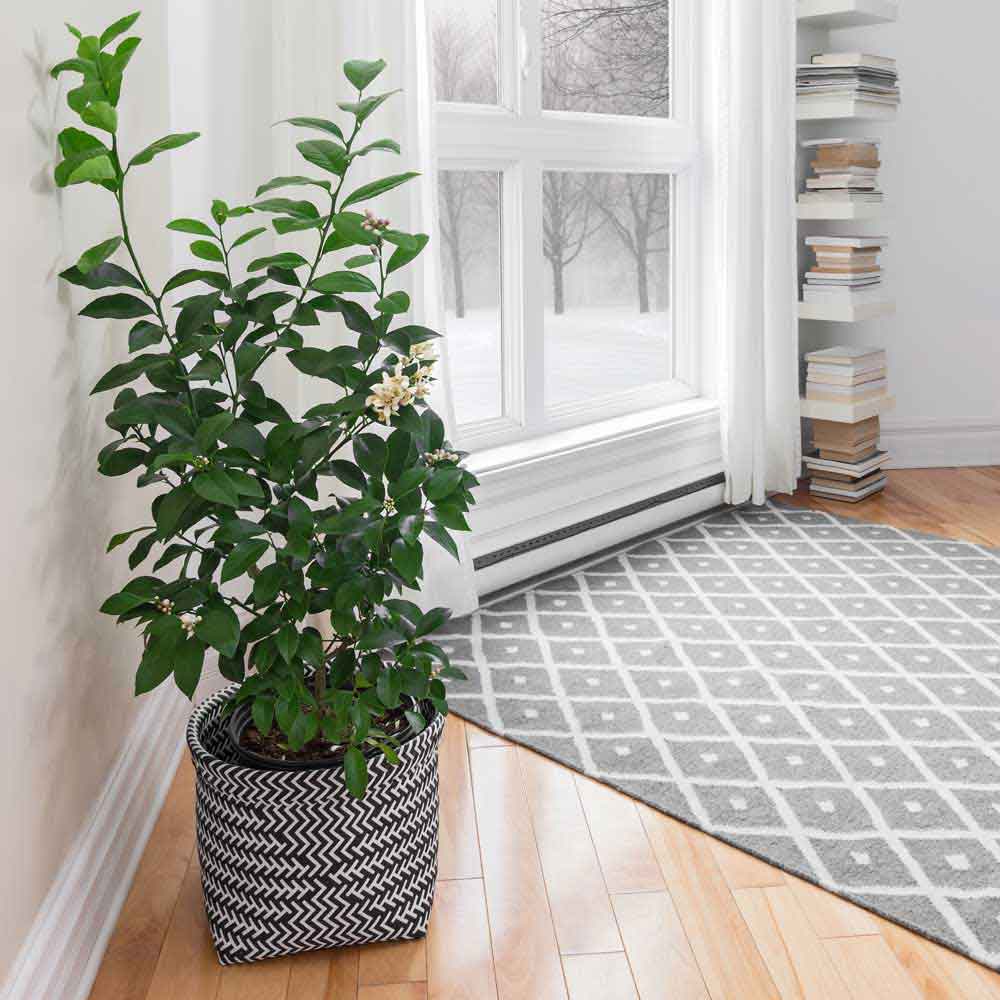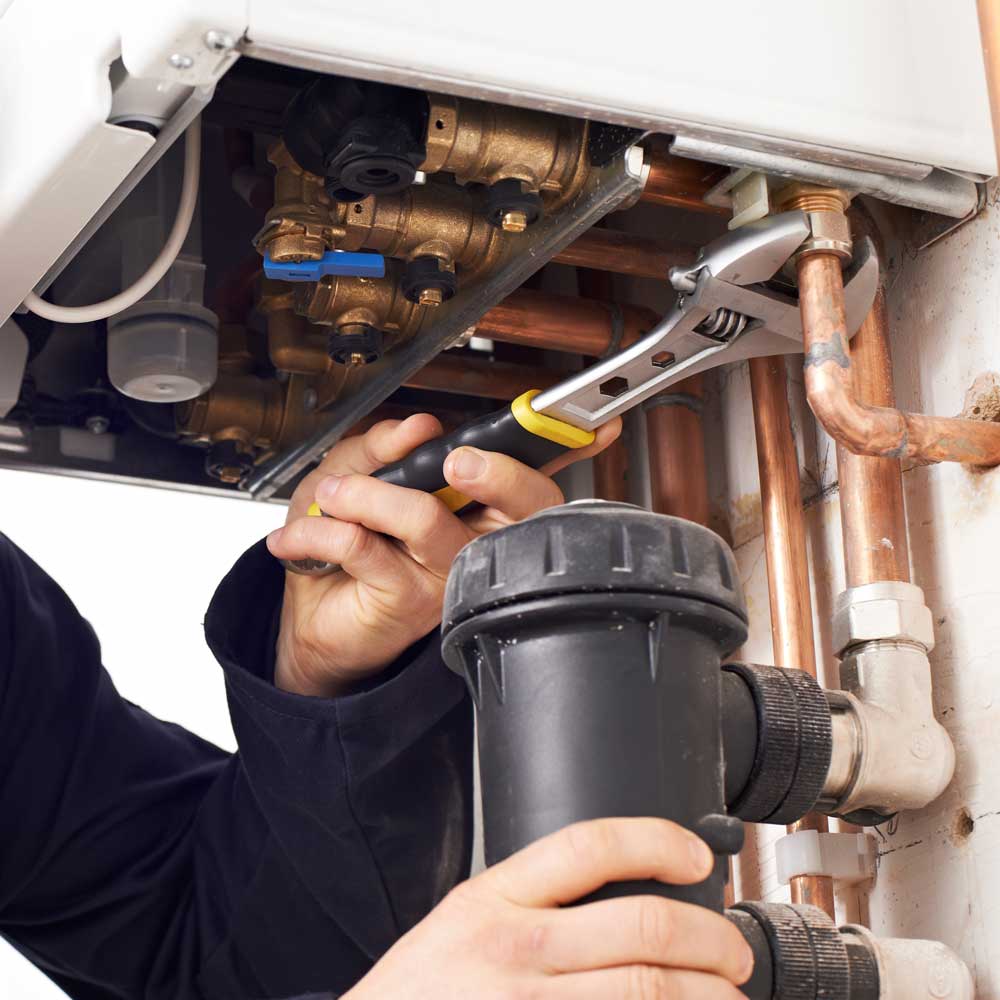- (720) 457-5536
- info@cce4life.com
- Mon - Fri: 8:00 - 5:00
How to Keep a Cold House Warm During Winter
(And Protect Your Home from Damage)
Winter has arrived! It’s time to turn on the heat, maybe light a fire, and enjoy some time indoors with friends and family.
While you might want to focus on baking, playing games and watching football, sometimes it seems your house has other plans. In this guide, we’ll talk about three common issues that homeowners face during the winter and provide solutions for each one.
Click on a button to jump to a section in the guide.
Problem 1: Chilly Winter Drafts
One issue that can definitely hinder your relaxation at home is a chill passing through the air, usually emanating from your windows.
Most people underestimate just how much cold air can enter through a window. A small crack goes a very long way. Believe it or not, even a 1/8 inch crack can let in about as much cold air as having a window half way open!
It’s very common for windows to get drafty due to worn weather-stripping. Weatherstripping is the “tape” along the edges of your windows. It seals your windows to keep the outside air out and the inside air in.
Solution 1: Apply weatherstripping.
The fastest way to fix a drafty window is to apply new weatherstripping. First, clean your windows with mild detergent and water. Next, remove your old weatherstripping with an adhesive remover. Now install your new weatherstripping taking care to ensure an airtight seal.
Solution 2: Fill gaps with caulking.
Another option is to apply caulking to fill gaps around your windows.
To seal a gap, choose an exterior latex caulk. Run a small bead along the visible gap between your windows and its trim. After the caulk solidifies, you can paint it to match the color of your exterior trim.
If you have a gap wider than a quarter inch, buy a backer rod, push it into the gap, then apply the caulk on top of it.
Solution 3: Update your windows.
If you’re experiencing drafts, there’s a good chance that your windows themselves were never fitted entirely correctly, or that the fit has shifted over the years. One key benefit of replacing your windows is that your installers can improve the framing of your window to ensure a better fit.
Consider investing in argon gas windows with Low-Emissive (Low-E) coatings. These will insulate your house and provide far more protection than standard windows.
If you live in the Denver Metro area, you can reach out to Colorado Classic Exteriors for a free appraisal for new windows. Our company can advise you on the best windows to match your needs. We install windows by top manufacturers Alside, Anlin, Soft-Lite, and Marvin, including options with triple-pane and weather resistance for superior performance in cold temperatures.
Problem 2: Ice and Frost Buildup
Remember drawing smiley faces on icy window panes when you were a kid?
While icy windows can be beautiful, they can also cause a number of problems. When a window is exposed to ice over a long period of time, you can expect your window’s polyurethane topcoat to discolor, your paint to crack, and water to get behind your wallboard. This last issue is the most problematic. When water gets behind wallboard, it can saturation a home’s insulation, leading to rotted wood, mildew and mold.
Decades ago homeowners tolerated window ice and the problems associated with it. Fortunately, window manufacturers have worked to design window panels that can minimize ice buildup.
Icy windows are a result of condensation. It’s normal for windows to collect condensation occasionally, but it shouldn’t be a constant throughout each day. To prevent condensation, adopt these best practices and follow them year-round.
Solution 1: Always run the fan after taking a shower or bath.
Bathrooms are a common location where windows become rotted. Fixing rotted frames is not an inexpensive undertaking. In fact, you can expect to pay around $300-500 per window — close to the cost of replacing the window outright.
Save yourself the stress, money, and negative health effects of mold and bacteria. The easiest way to take care of the bathroom windows you already have is to simply run your bathroom fan for 5-10 minutes after using the shower or tub.
If you are concerned about the extra heating costs this may incur during the winter, you can instead try opening your bathroom door so that the humidity can at least dissipate throughout your home rather than remaining concentrated in your bathroom.
Solution 2: Reduce excess moisture in your home.
The easiest way to keep your home’s moisture levels reasonable are to avoid a few common mistakes:
- Check how much water your house plants actually require and avoid over-watering them.
- Use your clothes dryer and avoid air-drying your clothes indoors.
- If you burn real firewood, store the wood outside, not inside.
Beyond this, you can consider a few measures to further reduce humidity. Of course, you can pick up a dehumidifier and run it in a room that is overly humid, such as your bathroom.
Some homeowners also specifically select plants like Boston ferns that are good at absorbing moisture from the air.
Solution 3: Check for plumbing leaks like a slow-dripping faucet.
Little drips over long periods of time result in excess moisture that sticks to your windows.
The first step to fix a dripping faucet is to see whether the problem is with the cold water or the hot water. You can evaluate this by turning off the hot water valve and seeing if you still have a drip, and then switching to test the cold water. For more details on how to fix a faucet, visit the excellent videos by Do It Yourself Stan on YouTube: Part 1 and Part 2.
Solution 4: Check for leaky or sweaty vents.
Old damaged pipes can allow water vapor to escape. Plumbers call this “sweating.”
If you see rust near your fittings, check your water meter to see if there is a leak. To do this, turn off all the water faucets in your home and record the number on the water meter. Wait a half hour without using any water in your home, then check the water meter again. If the numbers are different, then you have a leak. A plumber can help with fixing this.
It’s also a good idea to inspect your gas vents and clothes dryer vents to ensure no water vapor is escaping as well. Leaks in gas vents are common and easy to fix, but can be dangerous if left unattended.
Solution 5: Place a small towel on your window sill.
If moisture is still accumulating near your windows, you can always place a towel at the bottom of your window to absorb it and prevent moisture buildup at the bottom oof your window. With the right towel, you can turn this functional necessity into a cozy interior design flourish for the winter.
Solution 6: Run your kitchen exhaust fan while cooking.
If you love to cook for the holidays, do your windows a favor and run the exhaust fan whenever you see steam in your kitchen. The last thing you want is rot and mold in your kitchen.
Most manufacturers recommend that kitchen exhaust fans be cleaned at least once a year. Different models require different cleaning, so either consult your fan’s manual, or look for a model number on the fan and look up how to clean it online.
Most kitchen exhaust fans are designed to last 15 years. If an HVAC professional inspects your furnace and air conditioner, ask if they can also check your fans to make sure they’re working correctly.
Problem 3: High Energy Bills
The average monthly winter electric bill in Colorado is about $100-105.
If your energy bills are increasing, an affordable first step is to weatherstrip your windows or replace the sealing. You can test your seals by placing a dollar between the window and the seal and closing the window. If you can pull the dollar out, you need a new seal.
There are a number of other hacks you can apply around your house to reduce high energy bills. While they can’t fix the core problem if cold air is penetrating your windows, they can still help.
Solution 1: Get a smart thermostat.
A smart thermostat will let you program your home on-the-go directly from your phone. Besides being convenient, this also provides huge energy savings since you can heat your home just before you arrive and save on heating costs while you’re away.
Many smart thermostats have the ability to learn from your living patterns such as when you wake up, leave, return, and go to bed. This capability allows you to automate your home’s heating and cooling.
About half of monthly energy costs are spent regulating temperature. If you’re away from your home for half the day, it makes sense that one of the fastest ways to cut your bills is to avoid heating while you’re away.
Solution 2: Lower your house temperature.
Try lowering your thermostat a couple degrees each week, up to 7-10°. Lowering your thermostat in small increments will give your body a chance to regulate and adapt.
You can always wear a sweater, wrap up in blankets, drink soups and warm beverages, and use a space heater to keep comfortable.
Using a lower temperature at night is also proven to promote sleep. The New York Times recommends keeping your home between 60-68° for optimal rest.
Solution 3: Change or clean your HVAC.
Your heating, ventilation and air conditioning system is a key part of your home’s energy efficiency. The best thing you can do to improve air quality and energy efficiency is to change your air filters every month. When it looks dirty or clogged, replace it.
To find the best air filter for your home, refer to the filter’s MERV ratings. Most filters have a rating between 4 and 13 MERV. Filters between 11 and 13 MERV can capture banter and some viruses, while the best air filters go up to 16 MERV and will remove even more contaminants.
Additionally, you might consider scheduling a regular air conditioning tune-up in the spring and a furnace tune-up in the fall to make sure your units are running at optimal efficiency.
Energy Star offers a brief list of signs that replacing your HVAC will improve the air quality and efficiency of your home’s heating and cooling system. PV Heating & Air also features a list of considerations that you may want to evaluate if you decide to upgrade.
Solution 4: Ensure your vents are providing airflow.
Have you noticed one room that just isn’t getting warm air from your vents?
Common reasons why a vent might have trouble getting fresh air into your room include:
- an animal’s nest inside your air duct
- faulty duct sealing
- a bent duct
- furniture covering the vent
- children’s toys
If you can’t remedy the situation, an HVAC expert can drop a high-resolution camera into the vent or use thermal scanning to find blockages that are hard to see. Usually a technician can fix a blocked vent without cutting any holes in your drywall or taking other invasive actions.
Solution 6: Avoid using heat to do your laundry.
Many people don’t realize how much the heating elements of their washer and dryer contribute to their monthly energy bill. Try washing your clothes on cold and drying your clothes on the lowest heat setting. You’ll be happy to see some savings materialize on your next bill.
Solution 7: Set your water heater to 120°.
Most manufacturers set your water heater to 140°, but the U.S. Department of Energy recommends 120° so long as you have a dishwasher with a booster heater. Turning your water heater down to 120° can save an astonished $400+ per year in energy costs! For extra savings, consider covering your water heater tank with an insulating jacket. Especially if it’s installed in an unheated garage.
Solution 8: Completely power off devices.
When you turn off a smart device, generally it doesn’t really power off. It just goes into standby mode, where it uses minimal power until you activate the device again. The Department of Energy states that standby power use accounts for 5-10% of energy use in residential homes! If you’re ready to save 5-10% per year on electricity, switch off or unplug products when you’re not using them. You can accomplish this by add surge protector power strips with on/off switches or simply unplugging products when you’re not using them.
Solution 9: Avoid over-cooling your refrigerator.
The Department of Energy recommends that you set your refrigerator to 35-38°. If you’ve had your refrigerator for a while, check that your seals are still working by using the dollar test. (Open the door, put a dollar half way in, close the door, try pulling the dollar out. If It comes out, you need to replace your sealing.)
Solution 10: Add decorative insulators.
Make small updates to your interior to make your space more friendly to the cold weather. If you don’t have rugs, try adding a few. They’ll enhance your home’s insulation even if you already have carpet. Also make sure to open your drapes to let in the sun’s warmth during the day, and close them out night to block out the cold.
Solution 12: Change the airflow of your ceiling fan.
There’s a simple hack to improve airflow that many people don’t realize. The blades of your ceiling fan are designed to alternatively push air directly down or spin the air to the sides of your room depending on the season.
For most fan models, you’ll want your fans to turn clockwise on low speed during the winter. Because there is variation in fan models, the best way to test whether you have the correct fan direction setting is to stand directly beneath the fan and turn it on. If you feel a breeze, try flipping the fan’s switch or pushing its button to change the fan’s direction. You can verify that the setting is now correct by standing near a wall. If you feel a warm breeze, then the fan is pushing the warm air throughout your room.
When you start using your air conditioner more than your heater, just flip the fan’s switch or push its button to reverse the fan’s direction. Some fans also allow propagable thermostats to control them. This is a great feature to look for if you’re picking a new fan.
Solution 13: Consult a professional.
If you’ve owned your house for a while, you can try calling a repairperson to make sure your heating system is in good working order. Make sure your attic is insulated. Because warm air rises, you want to make sure the air in your home isn’t rising straight through your attic.

